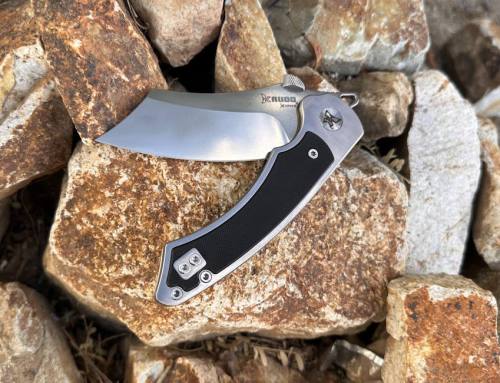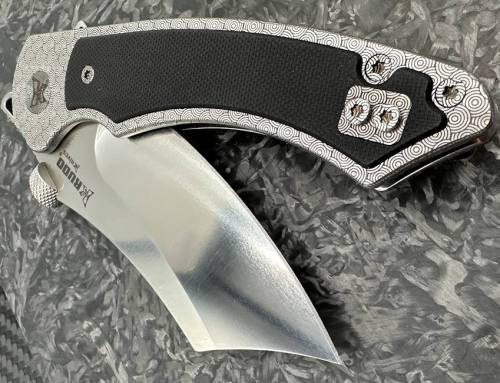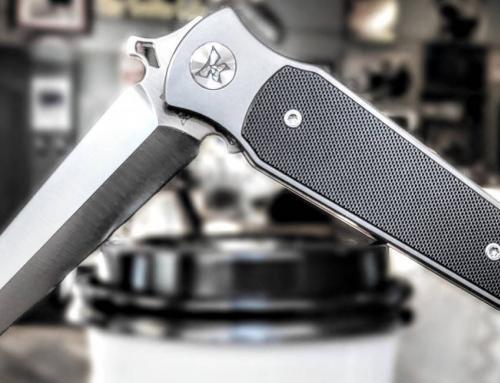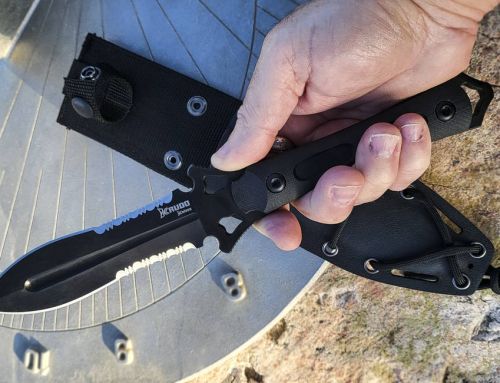Of all the knives in your collection, the one that may be the most important, and difficult, to choose is your survival knife. Your life may literally hinge on your decision.
The number of disaster situations faced by residents in the United States has increased in recent years, according to the website the Art of Manliness. For example, earlier this decade the annual number of disasters was 91, while back in 1953 that number was just 13.
Changing weather patterns, more man-made disasters and a higher population and have led to more situations where a survival knife could come in handy.
Here are some ideas to keep in mind when you are choosing your survival knife.
Use for a Survival Knife
Before making a choice on knife, consider the many ways that a survival knife may have to be used. Depending on the situation, uses could include:
- Cutting
- Digging
- Splitting
- Self-defense
- First aid
- Preparing food
- Building a shelter
- Hunting
Despite the multiple uses, it’s best to keep in mind that you want to keep the knife simple. Never choose style over function. When it comes to survival knives, you always want to choose the knife with the most versatility and straightforward design.
Some Aspects to Keep in Mind
Here are practical ideas to keep in mind when choosing your survival knife.
Size. Bigger is better – but not too big. Hollywood movies have made the knives of characters such as Rambo ridiculously huge. Something around 10 inches can provide you enough blade for what you need to accomplish without becoming unwieldy.
Fixed blade. A fixed blade is typically a more sturdy choice for a survival knife, given the heavy duty tasks you will likely be undertaking.
Full tang. Consider a knife that is a “full tang” knife, which means made of one continuous piece of metal.
Single-edged blade. In most cases, you don’t want a double-edged blade on a survival knife. Consider a single blade with a flat edge on the other side.
Solid Pommel. The bottom of the knife’s handle needs to be suitable for light-duty hammering, such as driving in stakes for a tent.
These are just a few of the things to keep in mind that can help you choose the right kind of survival knife that works best for you. Just remember that a sturdy blade that can handle multiple tasks is the best way to go.







Leave A Comment